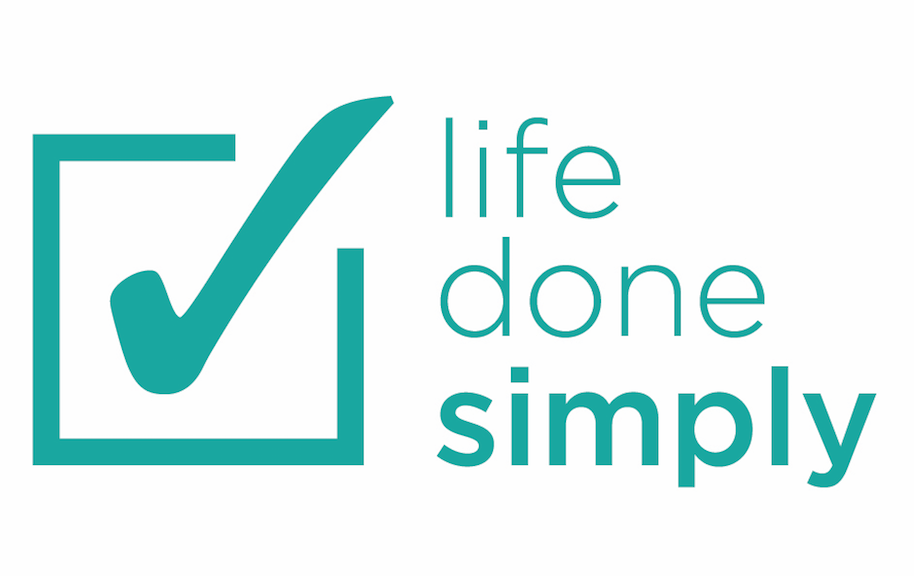5 Common To-Do List Mistakes
/To-do lists are essential to being productive.
They help us free up mental space so we can focus on creativity and problem-solving. But there are downsides when to-do lists are used incorrectly, and most adults report being frustrated and overwhelmed by their current to-do lists.
“41% of to-do items are never completed. ”
So what are we doing wrong?
The evidence shows that we expect too much from our to-do lists. We want them to motivate us, hold us accountable, and be the Rand McNally (or Google Maps) to our hopes and dreams. When a to-do list isn't working for us, we tend to create another list, then another, and another...
You get the picture.
You don't need another list, and you don’t need a fancy digital app or new planner to effectively manage your tasks. You only need to change the way you utilize to-do lists.
Here are five to-do list mistakes I frequently see as a productivity and time management coach:
#1 - Using your to-do list to track ideas
Not every idea you think of needs to be done.
Sometimes ideas find their way to our to-do lists because we're trying to capture them before our brain moves onto the next thing. When this happens, our to-do list becomes cluttered with urgent priorities, should-dos, and nice-to-have ideas. The more cluttered your list, the harder it is to identify your priorities!
Capture your preliminary ideas elsewhere, in a notebook or note-taking app. When you are ready to think about these ideas more strategically, reference your notes and create actionable tasks that will produce results!
#2 - Adding low-impact tasks to your to-do list
A long to-do list leads to procrastination.
Adding and completing low-impact tasks help us feel productive, but they distract us from the forward progress necessary to accomplish our most important goals. I'm sure you've had those days where you have crossed off a bunch of tasks but feel somewhat unsatisfied with your day. Busy does not mean productive!
If you believe you need a to-do list to keep track of low-impact tasks like household chores, create a designated list for those recurring tasks. Challenge yourself to complete one or two tasks from your high-impact list before moving to the tasks on your low-impact list.
#3 - Choosing which task to do based on available time
Once a task is added to your list, you might be tempted to put it off until you’ve identified the "perfect" time to do it. But do not treat your to-do list like a menu where you're constantly choosing the easiest-to-digest tasks while the more challenging tasks linger.
If you never seem to have enough time to complete high-priority tasks, they are probably too complex, and you should break them down into smaller, more manageable tasks (see below).
#4 - Adding tasks that lack clarity
Take a look at these two task examples:
Update workshop schedule
Or...
Update workshop schedule for the week of 10/1-10/5 in the shared Google calendar
One of these is undoubtedly more clear than the other.
Do not underestimate the time and mental energy it takes to recall important information. When you write a task on your to-do list, you're most likely doing so when your memory is fresh with all the relevant information. However, when you're ready to take action on that task, your mind may be unable to recall the details. Studies have shown that the more specific you are, the more likely you will complete the task.
“Your mind is for having ideas, not holding them.” - David Allen, Getting Things Done
#5 - Setting unrealistic timelines
We often think about the adverse effects of underestimating our time. But watch out for another sneaky procrastination behavior—overestimating the time needed to complete a task.
It has been shown that people who had longer to finish a task performed worse than those who had earlier self-imposed deadlines. This indicates that the more time you give yourself to finish something, the less likely you will finish in that time frame.
If you routinely overestimate how long something will take or feel the urge to procrastinate, try breaking the task down into smaller pieces and giving yourself more aggressive deadlines.
Example:
Write the first chapter of my book by November
Better:
Brainstorm opening for Chapter One, Friday Oct 7
Write a brief outline of what I want to accomplish in Chapter One, Monday, Oct 10
Write the first draft of Chapter One, Wednesday, Oct 12
Send Chapter One draft to the editor for comments, Monday, Oct 17
The practice of breaking down tasks and assigning realistic but aggressive timelines will set you up for success when life throws you curveballs. You will be able to pivot when needed while knowing that you can still make progress on your goals with plenty of time to spare.
Everyone is busy, distractions are inevitable, and a to-do list will not prioritize itself.
Life will continue to be busy. You need to schedule uninterrupted times during your day to focus on your priorities. Turn off your phone, place a sign on your office door, or ship the spouse and kids to grandma's house—whatever it takes!
To prioritize your goals, you have to prioritize your goals.
If time passes and you find that you are not making time for a task, you need to ask yourself if it is still a priority. Do not be afraid to reassess frequently and curate your list so it always reflects what is truly important to you.
Aimee Olson of Life Done Simply is a Productivity and Organizing Coach and is a member of the National Association of Productivity & Organizing Professionals (NAPO).






